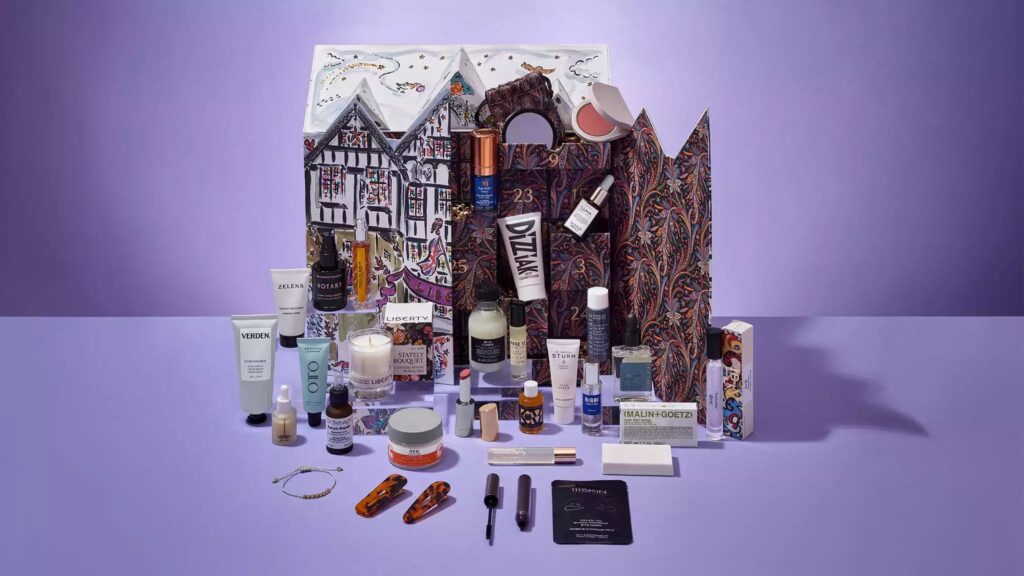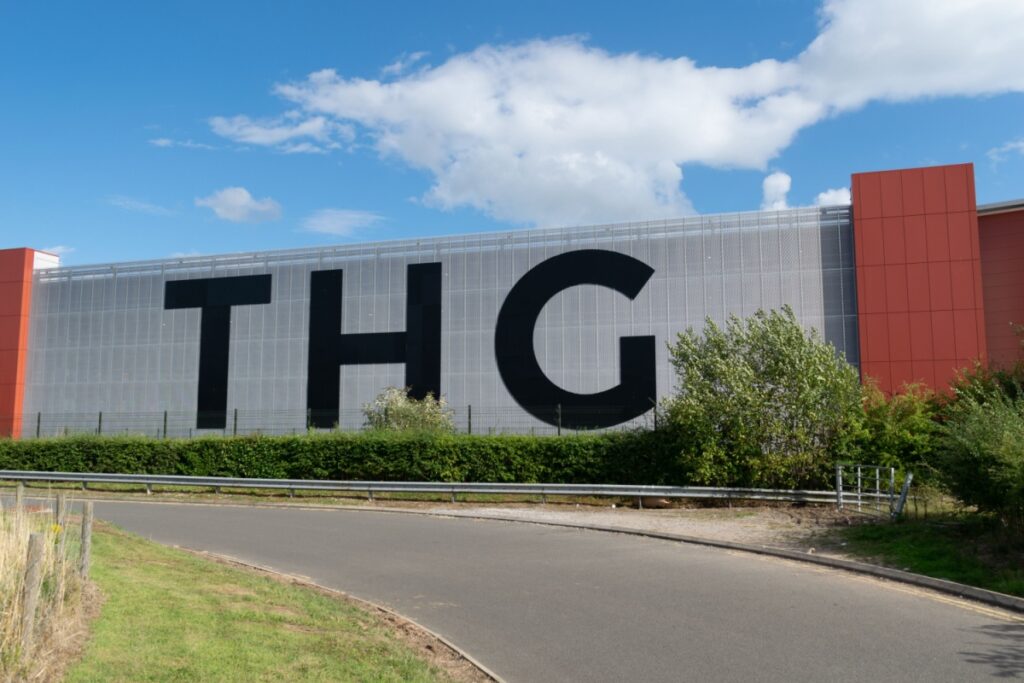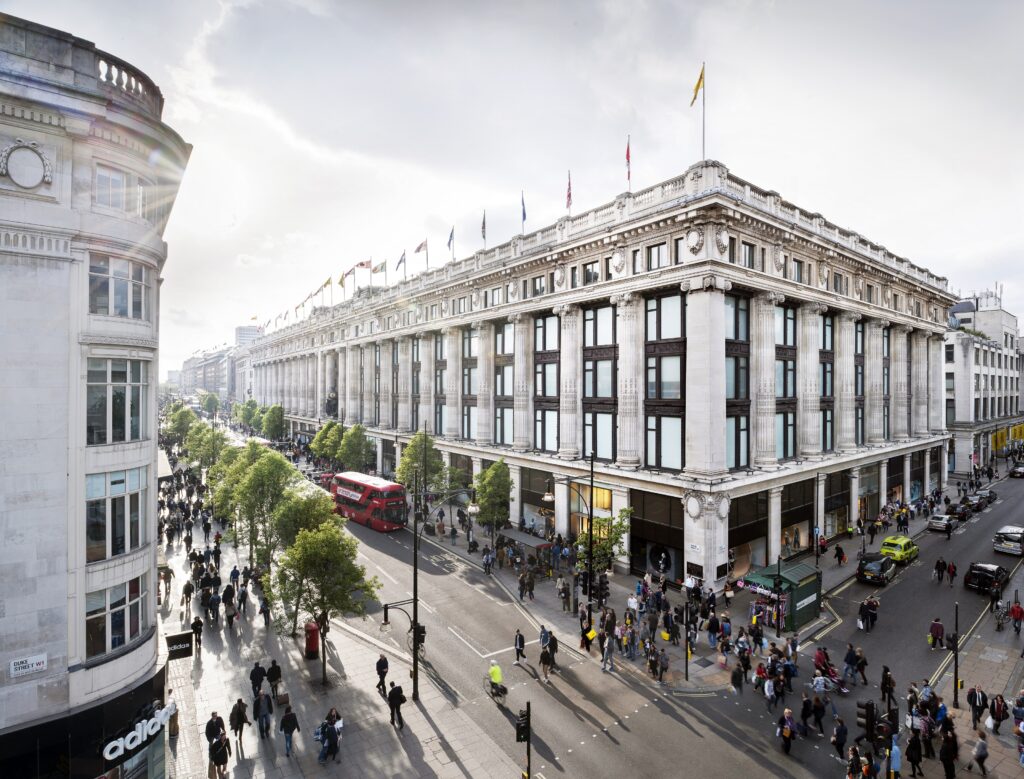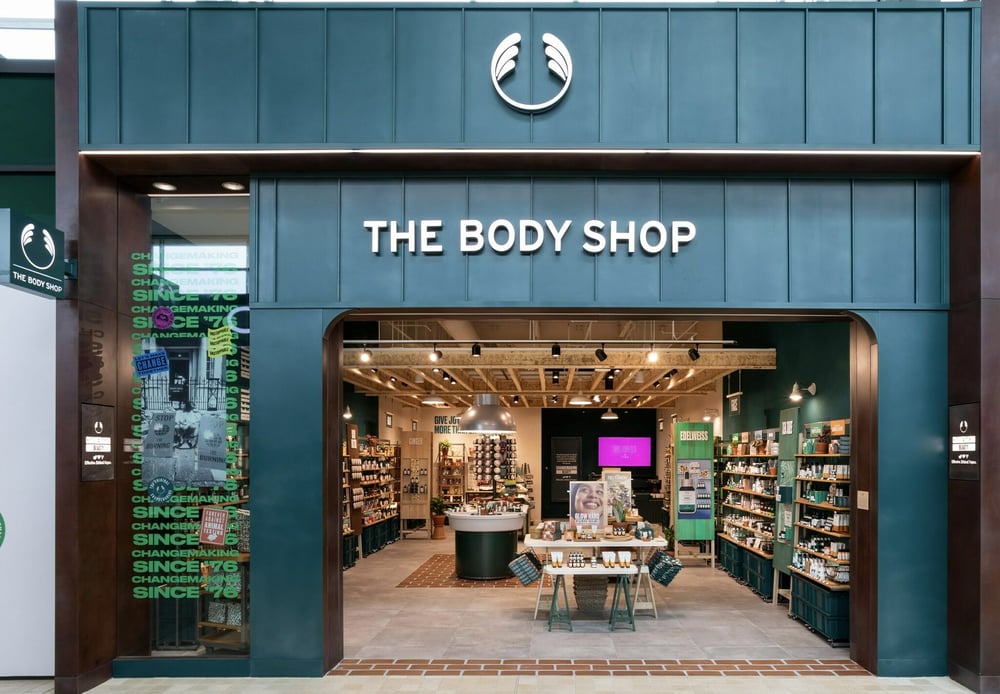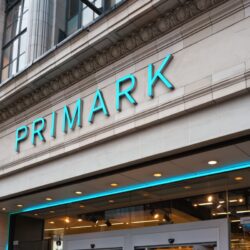Advent calendars are big business in the world of retail.
These days shoppers expect more than just a square of chocolate inside, with some spending hundreds on calendars that house everything from beauty products to toys and books behind their daily windows. Even pets have their own advent calendars.
They produce bumper sales for retailers such as Harrods, Boots, and Net-a-Porter. Department store Liberty even called out its record beauty calendar sales as factor behind its growing profits last year.
Such has been their success that there has been a proliferation of advent calendars in recent years.
But with the market now flooded and the cost-of-living impacting discretionary spend, is the advent calendar craze starting to wane?
Understanding the hype
The beauty advent calendar is not new. Selfridges debuted its first version in 2011 and it became an instant sell-out.
Liberty launched its own version in 2013 and it remains the fastest selling product in its almost 150-year history. One calendar was sold every two minutes and a queue of shoppers snaked around its central London store on launch day.
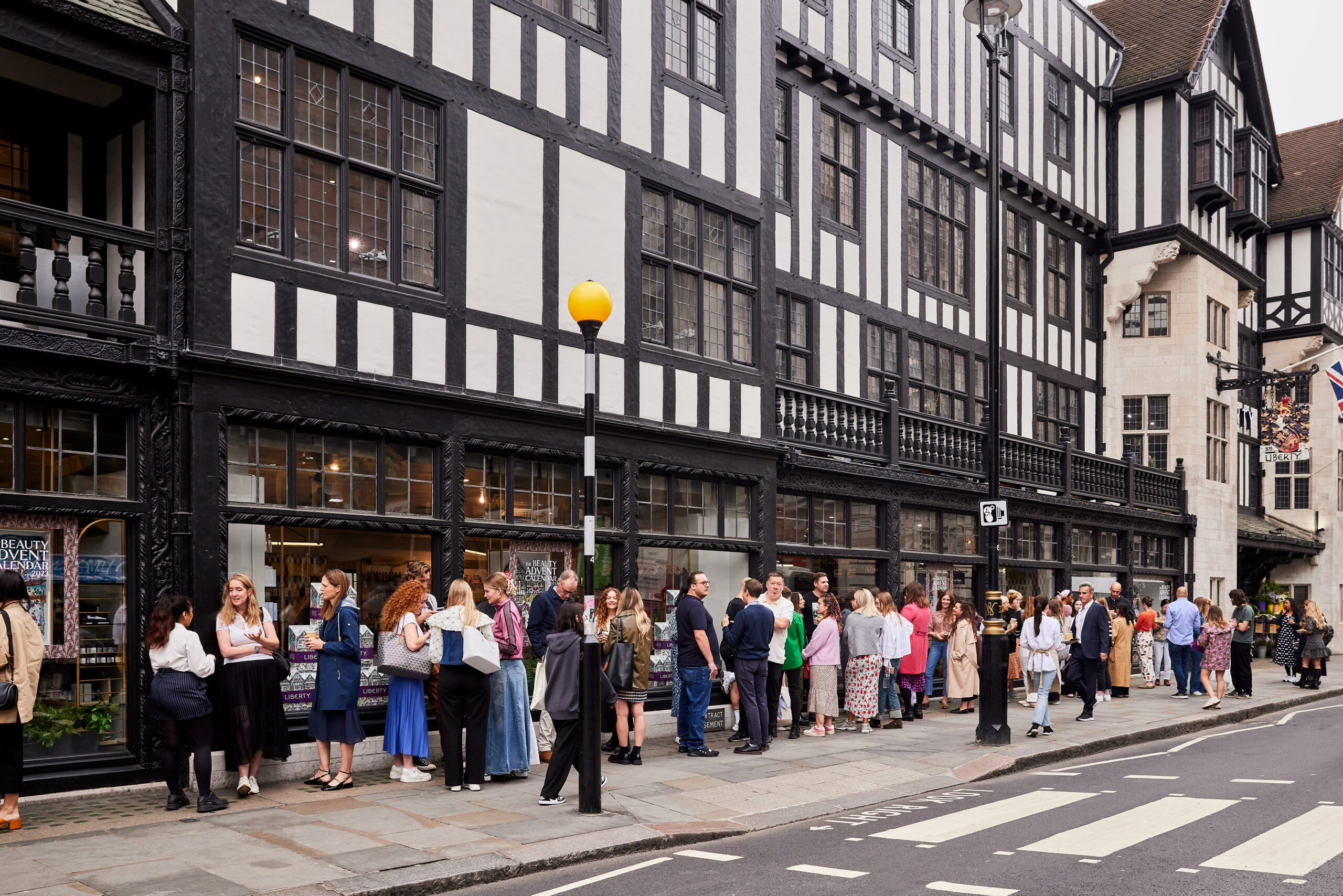
More retailers have since jumped on the bandwagon, with some entrants like Boots’ No7 advent building a waiting list of up to 226,000 people back in 2019.
But what makes them so popular?
Ex-John Lewis senior premium beauty buyer Rebecca Saunders, now director of consumer and retail at Alvarez and Marsal, says: “There’s something really exciting about the discovery of having lots of brands within the product.”
Stylus head of beauty Lisa Payne explains that the exclusivity of bagging an advent from one of the top luxury retailers helped to drive the craze at the beginning.
“Liberty’s was the sort of pinnacle. It was hyper-exclusive, ultra-expensive – it wasn’t everyone that had access to it,” she says.

Retailers have helped to encourage the buzz by kicking off their product marketing earlier in the year, adds GlobalData retail analyst Tash Van Boxel.
“Social media marketing, in particular, where the advent calendars are sent to content creators in advance for unboxing, has helped to entice consumers to buy them,” she says.
Content creators like Amelia Liana and celebrity stylist Melissa Holdbrook-Akposoe (@Melissaswardrobe) treat fans to daily unboxing videos of the various advents they have received, giving viewers an animated review of what sits behind each window.
Consumers are also drawn to the value for money they represent.
Boxel notes that this year’s marketing has placed an emphasis on promoting the savings made on the retail price of the items in the calendar to incentivise consumers that they are making significant savings.
Bigger and better calendars
The number of advent calendars on the market grows each year and therefore competition has become much fiercer.
Liberty managing director of retail Sarah Coonan says: “The pressure is on our beauty buyers year after year to make sure the lineup is different and exciting, full to the brim of niche new brands but also their cult favourites.
“Customers always demonstrate a strong desire for exclusivity, so this year we gave them the opportunity to get the first look and try of our brand-new fragrance brand LBTY before it hit the shelves,” she adds.
In the face of competition, retailers have been going bigger and better with their calendars. This includes a move away from miniature-sized products, says Saunders.
“There’s been a real push for the retailers from a competitive position to put full-size product in, which drives the value that they can then communicate to the end user.”
Space NK’s 2023 advent was an instant sell-out, with fans eager to get their hands on the 19 full-sized products. The beauty retailer has even opened up its waiting list for next year’s calendar.
Heather Ibberson, retail analyst at intelligence platform Edited, adds that gifts are also starting to “deviate from featuring just traditional physical products to gift cards and prizes”.
Liberty upped its offering this year by placing Golden Tickets, worth £1,000, within five calendars. Meanwhile, Harvey Nichols has hidden £100 gift cards inside 50 of its advents.

Some retailers have sought to create experiences with their advent calendars. For example, Rituals has used its packaging to create a mini winter village from the numbered boxes in its premium and deluxe advents this year.
Brands are also moving towards creating a ’12 Days of’ style calendar instead of the big 25 day advents to create more affordable versions for customers, adds ex-head of buying at Selfridges, retail consultant Wizz Selvey.
Bestseller or bust?
The advent calendar business is pretty foolproof – exclusive products, fun packaging and big savings – but not every brand gets it right.
Chanel made headlines last year when it launched its advent as part of its 100 years of the No.5 perfume campaign.
The luxury fashion house was mocked when a video went viral on TikTok of a user revealing how little she received from its £800+ calendar, pulling out items like stickers, a picture flipbook and a dustbag.
“It was relying on the Chanel name, and the influencers who were going to do all of this unboxing online. Unfortunately, it didn’t work out for them,” says Payne, who highlights that value for money is of the utmost importance.
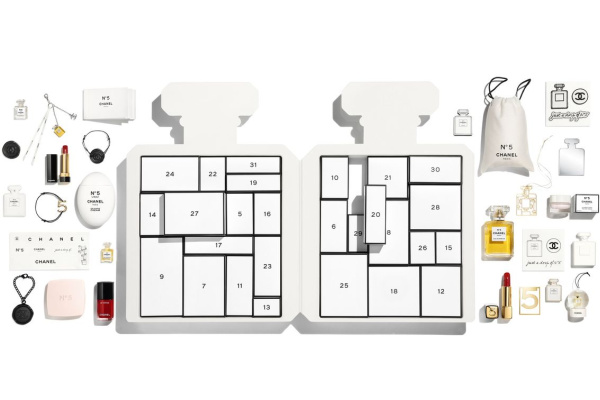
Commenting on the controversy, the fashion house’s president Bruno Pavlovsky told WWD: “Chanel thought it would please some of its customers by offering this type of product evidently, we see that you have to be careful and therefore, in future, we will certainly be much more cautious.”
It’s unsurprising that the fashion house didn’t put forward another offer for this year.
Another big risk lies in getting volumes of calendars right, otherwise retailers could be left with lots of cut-price stock come December 2.
Selvey says: “Advent calendar’s have certainly got a very limited time period because it needs to be sold by the beginning of December.”
Is the advent calendar craze slowing down?
According to Fortnum & Mason buying director Liz Morgan, the answer is no.
The advent calendar market has “expanded hugely in recent years and shows no signs of abating,” she says.
“Advent calendars are still big business. Beauty advents tend to generate the most excitement early on but we also sell a lot of tea advents, as well as our unique Feasting advent, which offers a taste of Fortnums every day.”
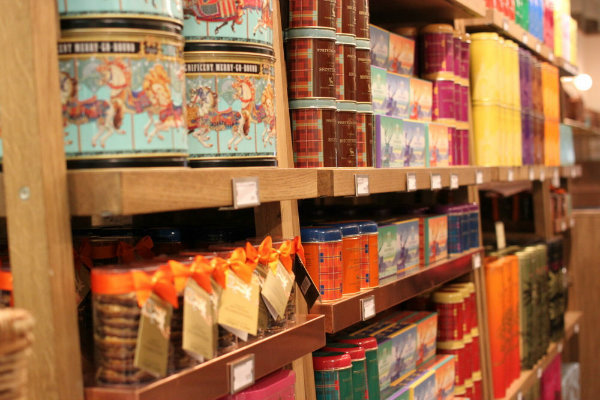
Retailers such as The White Company and Hotel Chocolat still see potential in the market, with the chocolatier launching its first-ever velvetiser advent this year alongside its typical calendar range.
Liberty is not seeing any signs of the trend slowing.
“Year-after-year we are increasing units to meet demand, both in the UK and internationally, with more and more countries being added to our shipping list each year,” says Coonan.
“This year we increased the units of our calendar and it’s well on track to sell out ahead of schedule.”
However, Coonan notes that as a result of the current economic climate, customers this year are “making much more considered purchases and investing in timeless products with long-term value”.
“A portion of our [Liberty] Beauty Drop subscribers saved their credits up all year to purchase a calendar which suggests it was front of mind well ahead of launch day, and they feel it’s worth their investment.”
Despite pressures on discretionary spend, the advent calendar craze is still very much alive. This window of opportunity is still very much open for retailers.
Click here to sign up to Retail Gazette‘s free daily email newsletter

